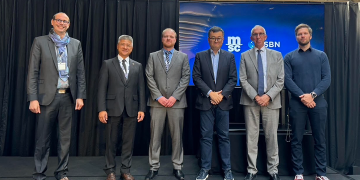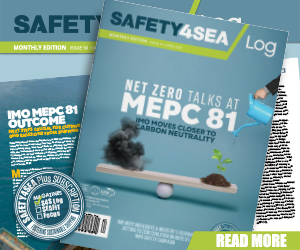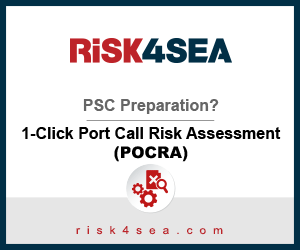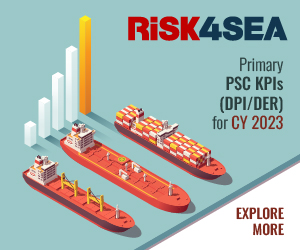Environmental Defense Fund published a report which review sustainable debt transactions that have been applied to uses both within and outside of the oil and gas sector.
As explained, the case studies indicate that sustainable debt has potential for use by oil and gas, if the right frameworks are created and supported. We identify four key ingredients that tend to support high-integrity sustainable debt transactions:
- Opportunity: Identify an appropriate and material use case, where all parties are well-aligned
- Due Diligence: Carefully vet the operational, financial and governance elements of the transaction
- Instrument Design: Ensure that the financial product enables genuine outcomes
- Reporting and Review: Require rigorous verification of relevant elements to maximize stakeholder confidence
Methane reduction and NOCs
Methane is a major source of climate pollution from the oil and gas industry, with a warming impact 82 times that of carbon dioxide over a 20-year timeframe. Eliminating methane emissions from the industry is among the fastest and cheapest solutions to limiting warming now. With solutions that are often quick to implement and cost effective, methane abatement is an attractive use case for sustainable finance.
National oil companies tend to lag behind publicly traded peers on cutting methane pollution. Just 12 of the largest 20 NOCs have set methane targets, covering around 60% of their collective production. This compares with 19 of the largest 20 international oil companies (IOCs) that have set methane targets, covering 98% of their production. But momentum is shifting: the Oil and Gas Decarbonization Charter (OGDC), announced at COP28, included commitments to reduce methane by 50 companies, many of them NOCs.
First steps for financing methane abatement
Methane abatement at NOCs presents a unique set of challenges. Designing instruments to do this effectively will require further innovation that incorporates the four key ingredients for successful issuance noted earlier in this report: opportunity, due diligence, design and reporting.
A successful instrument for financing methane abatement at NOCs is likely to include a few critical elements:
- Near-zero methane emissions ambition. NOCs interested in acquiring financing for methane abatement activities should commit to achieving ambitious methane targets: near-zero methane emissions within a nearterm time frame, in alignment with leading commitments from the global O&G industry.
- De-risking investments in emerging market NOCs. These companies, for a variety of reasons, face elevated credit, currency, political, and regulatory risks that have chilled interest from non-state investors. Accounting for and overcoming these barriers will be essential to generating a supply of finance from investors with limited exposure to emerging markets.
- Methane measurement, management, and transparency. Common reporting methods significantly misrepresent the scale and nature of O&G emissions, so strong measurement, reporting, and verification (MRV) practices are needed to ensure that real-world methane emissions are reduced. Joining the Oil and Gas Methane Partnership (OGMP 2.0) can help NOCs provide data according to best-in-class reporting frameworks.
- Eligible uses of financing. It will be critical to ensure that financing provided through sustainable debt instruments is used only for eligible activities by NOCs to achieve stated emissions reduction goals. This will require clearly defining eligible methane abatement activities, transparent disclosures from NOCs and involved parties, enhanced market oversight and due diligence, and credible third-party verification.
- Appropriate size and structure of issuance. Instruments should be designed to account for the nuances of the challenge at hand: activities to abate methane may range significantly in capital volume required, ROI generated, and technical expertise/resources used. A successful issuance would be structured to provide both flexibility and integrity across a variety of project needs.
- Credible stakeholder engagement. For NOCs interested in reducing emissions and improving financial health, engaging a variety of stakeholders – including the national government, industry partners, providers of capital, and 2nd and 3rd parties – is important to demonstrate credibility. Stakeholders can play a variety of roles, from independent verification to technical support, that enhance the transaction’s sustainability and financial goals.




























































